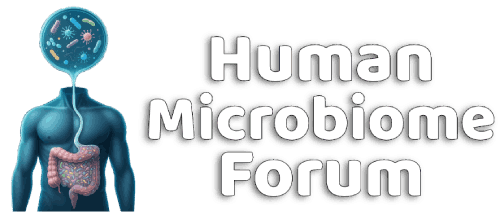Michael Harrop
Well-known member
https://www.theguardian.com/us-news/2025/feb/17/water-chlorination-cancer-risk-us-eu
https://ehp.niehs.nih.gov/doi/10.1289/EHP14505
https://ehp.niehs.nih.gov/doi/10.1289/EHP14505
Bladder cancer risk increased 33% and colorectal cancer by 15% in using chlorine to disinfect water
The process of disinfecting water with chlorine creates trihalomethane (THM) byproducts, which are found in virtually all public drinking water systems across the US and EU
the US began chlorinating drinking water in the early 1900s because it significantly reduced microbial infections and waterborne illnesses, like cholera and typhoid fever.
It wasn’t until the 1970s that researchers discovered the process came with consequences. When chlorine is added to water, it reacts with organic compounds, like decaying plant material, to create any number of hundreds of potentially toxic byproducts.
Some of the most common – chloroform, bromoform, bromodichloromethane, and chlorodibromomethane – are known to be genotoxic and carcinogenic to rats.
The new meta study is among the most emphatic evidence because it looked at data from about 30 studies and 90,000 participants
Abstract
Background:
Chlorination is a widespread method for drinking water disinfection that has the drawback of introducing potentially carcinogenic chemical by-products to drinking water.
Objective:
We systematically evaluated the epidemiologic evidence of exposure to trihalomethane (THM) disinfection by-products and risk of cancer.
Methods:
We conducted a systematic review and meta-analysis of epidemiologic studies that assessed the association of exposure to residential concentrations of THMs with risk of cancer in adults. A protocol was preregistered in PROSPERO (CRD42023435491). PubMed, Embase, Web of Science, and Cochrane were searched for publications up to April 2024. Study selection and risk of bias appraisal using the National Toxicology Program Office of Health Assessment and Translation (NTP OHAT) tool was done in duplicate. Summary risk estimates were assessed using random effects meta-analysis and one-stage dose–response meta-analysis.
Results:
The literature search resulted in 2,022 records, of which 29 publications assessing 14 different cancers were eligible for inclusion. Summary relative risks (RRs) were estimated for bladder cancer and colorectal cancer based on 5,860 and 9,262 cases and 84,371 and 90,272 participants, respectively. The summary RR of bladder cancer for the highest exposed compared with the lowest was 1.33 (95% CI: 1.04, 1.71), and in the dose–response analysis, RRs were statistically significant above THM concentrations of 41μg/L. For colorectal cancer, the summary RR was 1.15 (95% CI: 1.07, 1.24).
Conclusion:
According to the World Cancer Research Fund criteria, we found limited-suggestive evidence that THM in drinking water increases the risk of bladder and colorectal cancer at levels below current regulatory limits in the US and EU, indicating that these fail to protect against cancer in the general population.
- Format correct?
- Yes
